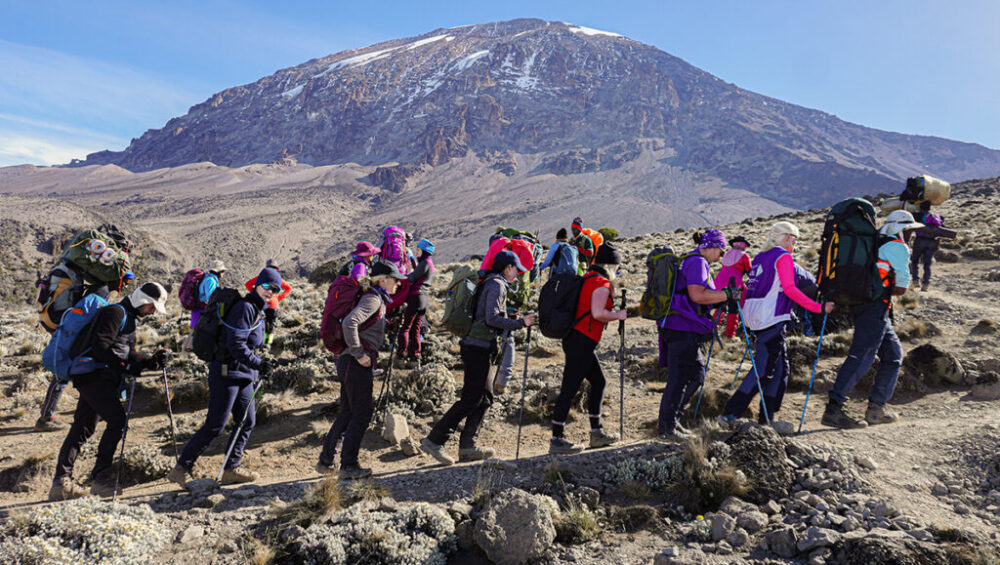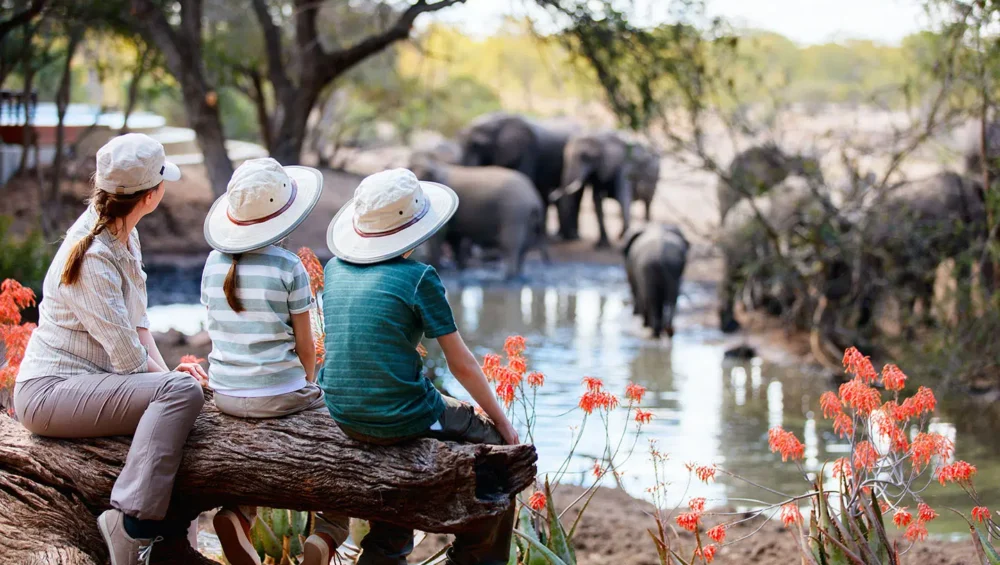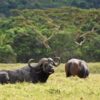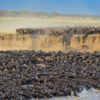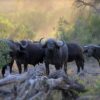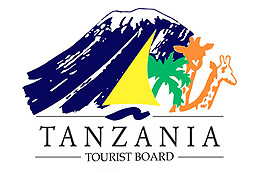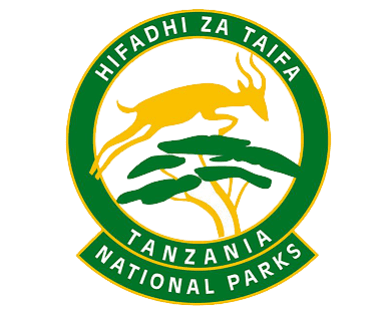Join the Best Group Tours for Climbing Kilimanjaro
Mount Kilimanjaro, Africa’s tallest mountain, stands as a beacon for adventurers worldwide. Rising majestically above the Tanzanian plains, this iconic peak offers not only a challenging climb but also an opportunity to witness breathtaking landscapes and unique wildlife. But why embark on this journey alone when you can join a group tour? Group tours provide an array of benefits that can enhance your climbing experience.
Understanding Mount Kilimanjaro
Mount Kilimanjaro isn’t just any mountain; it’s a UNESCO World Heritage site and one of the Seven Summits. Standing at 19,341 feet (5,895 meters), Kilimanjaro consists of three volcanic cones: Kibo, Mawenzi, and Shira. The mountain offers several routes to the summit, each with its unique challenges and scenery.
Benefits of Group Tours
Opting for a group tour has numerous advantages:
- Cost-effectiveness: Group tours often come with discounts, making the overall cost lower than solo climbs.
- Social connections and support: Climbing in a group means you’ll have companionship and encouragement from fellow climbers.
- Safety and guided expertise: Professional guides and porters ensure your safety and provide invaluable knowledge about the mountain.
Choosing the Right Group Tour
Selecting the right group tour requires careful consideration:
- Researching tour companies: Look for companies with strong reputations and experience in Kilimanjaro climbs.
- Checking reviews and testimonials: Read feedback from previous climbers to gauge the reliability and quality of the tours.
- Comparing prices and packages: Ensure you understand what each package includes and compare costs.
Popular Routes for Group Tours
Kilimanjaro offers several routes, each varying in difficulty and scenery:
- Marangu Route: Known as the “Coca-Cola” route, it’s the only route with hut accommodations.
- Machame Route: The “Whiskey” route, known for its stunning views and higher success rate.
- Lemosho Route: A longer route offering beautiful scenery and better acclimatization.
- Rongai Route: Approaching from the north, it’s less crowded and drier.
- Northern Circuit Route: The longest route, offering the best acclimatization and panoramic views.
What to Expect on a Group Tour
A typical group tour itinerary includes:
- Daily itinerary: Structured schedules with guided hikes and rest periods.
- Accommodations and meals: Camp setups with nutritious meals provided.
- Altitude acclimatization: Planned rest days to help your body adjust to the altitude.
Preparation for the Climb
Preparation is key to a successful climb:
- Physical training and fitness: Build your endurance and strength through regular exercise.
- Essential gear and packing list: Invest in quality gear, including thermal clothing, sturdy boots, and a reliable backpack.
- Health precautions and vaccinations: Stay up-to-date with vaccinations and understand health risks like altitude sickness.
The Climbing Experience
Here’s what a typical climb might look like:
- Day-by-day breakdown: Each day involves specific hikes, rest periods, and acclimatization.
- Key highlights and landmarks: Pass through diverse ecosystems, from rainforests to alpine deserts.
- Challenges and rewards: The physical and mental challenges are immense, but reaching the summit is an unparalleled reward.
Wildlife and Scenery
Kilimanjaro’s climb offers unique encounters with:
- Flora and fauna: Spot colobus monkeys, elephants, and diverse plant species.
- Scenic landscapes: Experience everything from lush forests to glaciers.
Cultural Insights
Engage with the local culture:
- Interactions with local guides and porters: Learn from their expertise and hear their stories.
- Understanding the local culture and traditions: Gain insights into the lives and customs of the Chagga people.
Environmental Considerations
Climbing responsibly is crucial:
- Sustainable tourism practices: Follow guidelines to minimize your environmental impact.
- Conservation efforts: Support initiatives aimed at preserving Kilimanjaro’s natural beauty.
Post-Climb Reflections
After your climb:
- Celebrating the achievement: Share your success with fellow climbers and loved ones.
- Sharing the experience: Document and share your journey to inspire others.
Frequently Asked Questions
How difficult is climbing Kilimanjaro? Climbing Kilimanjaro is challenging but achievable with the right preparation and mindset.
What is the best time of year to climb? The best times are during the dry seasons, from January to March and June to October.
Do I need prior climbing experience? No, but physical fitness and proper preparation are essential.
What are the health risks involved? Altitude sickness is the main risk, but proper acclimatization and precautions can mitigate it.
How do I choose the best tour company? Research, reviews, and comparing packages are key to finding a reputable tour company.
Group tours for climbing Kilimanjaro offer an enriching, supportive, and safe way to tackle this incredible adventure. From the camaraderie of fellow climbers to the expert guidance of professional tours, there are numerous benefits to joining a group. Whether you’re a seasoned climber or a first-timer, a group tour can enhance your Kilimanjaro experience, making it unforgettable.

